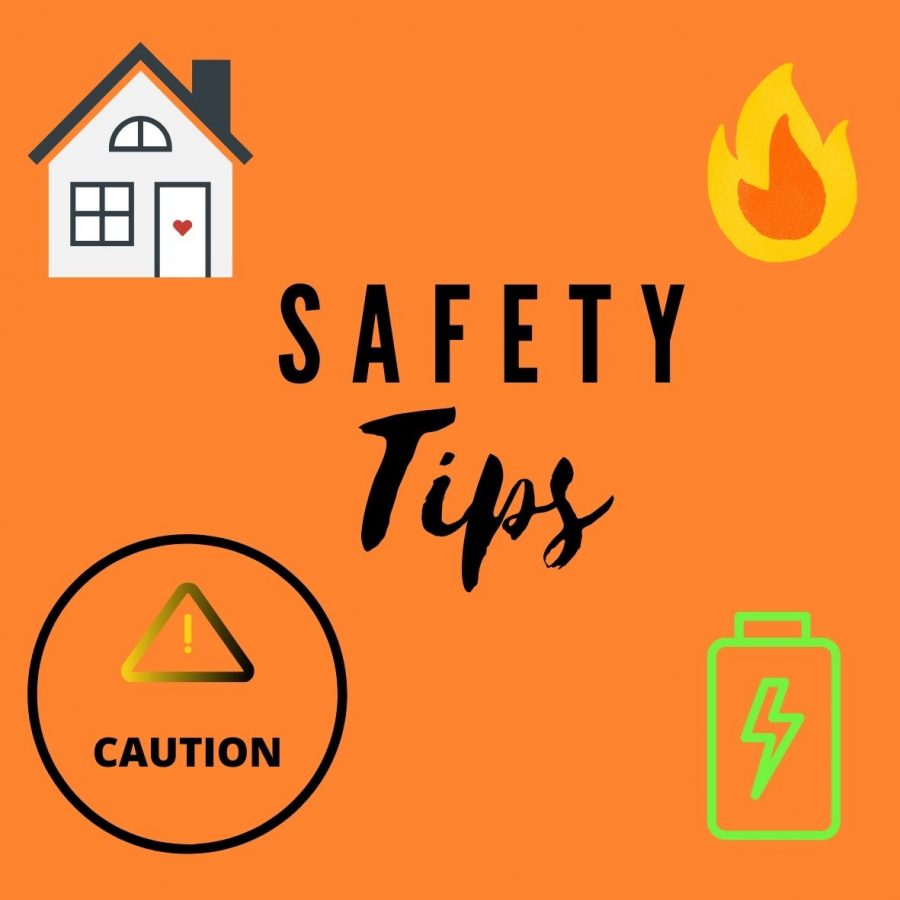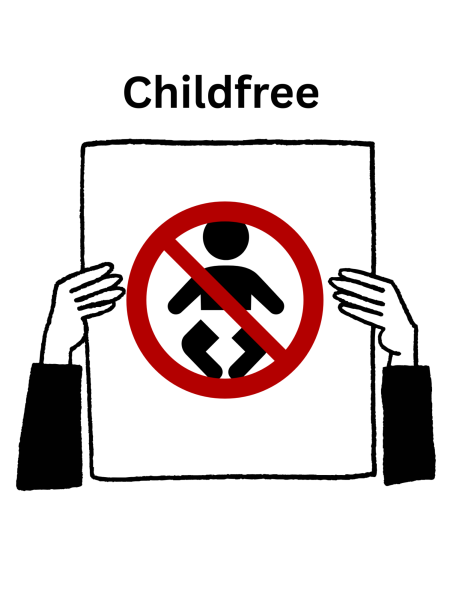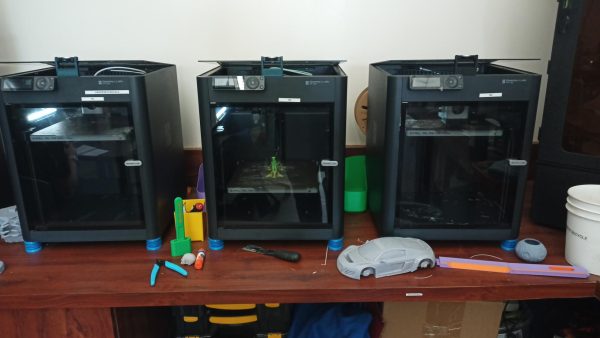Just add water: 4 home hazards and how to handle them
November 9, 2020
As Runners begin to find apartments and houses to call a home of their own, many will face home hazards head-on for the first time. While dangers like kitchen fires may seem apparent, the risks associated with carbon monoxide poisoning and electrical shocks are forgotten.
Here’s the best ways to handle four of the most common home hazards:
Putting out kitchen fires
If a fire breaks out, try not to panic. The phrase “just add water” may come to mind, but it will actually make the situation more dangerous if grease was the culprit. Start by cutting off the power to the stovetop.
Try to find the pot or pan’s lid; the key is to smother the flames by cutting off its oxygen supply.
Another option is to pour baking soda over the flame in a light layer to act as a barrier between it and oxygen.
“Do not use flour, baking powder, or other cooking powders that resemble baking soda- they have a different chemical makeup and will not react similarly. They will make the fire worse,” Gray Harbor Fire (GHF) District 5’s website wrote.
GHF writes for the public to use a fire extinguisher or call 911 for larger fires. GHF also instructs the chef to inform any other people in the building to exit the building, then remain outside until emergency services determines it is safe to re-enter.
Another common practice involves using a damp towel to smother the flames, but this can make the fire worse. The water from the towel can make a grease fire pop as the moisture and grease come in contact, potentially resulting in burns or property damage.
Tufts University writes that in the case of an oven or microwave fire, immediately cut the power to the appliance and leave the oven or microwave door closed until emergency services arrives.
If the fire spreads to anyone’s clothes, they should immediately stop, drop, and roll. The burns should be assessed by a medical professional.
Always unplug the garbage disposal
While it may seem safe to some to stick their hand in a garbage disposal after simply flipping off the power switch, the appliance is dangerous as long as it remains plugged in.
Garbage disposals have been known to malfunction, potentially costing the novice plumber a limb or worse. The only way to safely unclog a garbage disposal requires finding the power cable under the sink connected to it and unplugging it to kill the power to it completely.
Stephen’s Plumbing recommends that people should use a flashlight and tongs to remove anything visible that may have fallen.
All hair longer than chin length should be secured before trying to look inside the garbage disposal. People should also be aware of any dangling accessories or loose strings.
According to Stephen’s Plumbing, everyone should wait at least 15 minutes, or until the garbage disposal has cooled completely, to plug it in again.
Carbone monoxide and smoke
Carbon monoxide (CO) gas is defined by the Kern County Fire Department’s (KCFD) website as “an odorless, colorless and toxic gas.”
Some of the most common sources of CO gas include kitchen appliances, hot water heaters, and motor vehicles. Areas of the home that are have an increased risk of CO gas toxicity include the kitchen and the garage.
It is vital to avoid running gas-based vehicles or generators in an enclosed space, such as the garage. The exhaust fumes will continue to be funneled out by the machine in use, filling the room with deadly gas as the CO unnoticeably replaces the available oxygen.
The best way to avoid suffering from carbon monoxide poisoning is to install proper alarms around the home. KCFD recommends placing one CO alarm outside of each bedroom.
Also place a CO alarm in areas with gas-based home appliances, such as stoves or washing machines. For those that spend additional time in their garage, a CO alarm in the garage can help detect any additional carbon monoxide produced by hot water heaters or vehicles.
“Carbon monoxide alarms measure levels of CO over time and are designed to sound an alarm before an average, healthy adult would experience symptoms. It is very possible that you may not be experiencing symptoms when you hear the alarm. This does not mean that CO is not present,” KCFD wrote.
The Centers for Disease Control’s website writes that there are at least 430 deaths and 50,000 hospitalizations each year due to carbon monoxide poisoning.
While the CO alarms may not prevent the carbon monoxide buildup from occurring, it can give people the warning they need to ensure that the problem is handled safely. This also requires residents to change out the CO alarm’s batteries each time they die, and it is recommended that they are serviced by a professional yearly.
Runners may have noticed frequent alarm chirps during Zoom sessions; in many cases, that beep is informing everyone that the batteries in a nearby carbon monoxide or smoke alarm are low. Luckily, the alarm batteries are available at most drug and home improvement stores. For Runners that are unsure of how to change their alarm batteries, check out this helpful how-to video.
The UL Firefighter Safety Research Institute (UL FSRI) writes on their website that they have been researching ways to improve the safety of firefighters and the victims of housefires for more than a decade.
According to their research, people can drastically increase their chance of survival during a housefire if they close their bedroom doors before going to sleep. The UL FSRI encourages everyone to check out the “Close Before You Doze” campaign for more information.
In the event that a fire breaks out and smoke fills the room and/or home, the American Red Cross recommends everyone stay as low to the ground as possible while following their evacuation plan. Avoid opening any doors with hot doorknobs, as it may let too much smoke into the current space.
Create an emergency exit plan, and see Ready.gov for more fire safety tips.
Kill the power
According to the Electrical Safety Foundation International (ESFi), “the U.S. Consumer Product Safety Commission shows that there are nearly 400 electrocutions in the United States each year.”
To complete home electrical projects safely, the power needs to be cut off from the entire circuit connected to the project. This typically involves finding the power box and identifying the switch that corresponds to the project’s power circuit.
In many homes, the power box is located outside or in the garage. All apartment residents should have access to the power supply for their unit as well; check with property management to ensure each tenant always knows where the power box is located.
“Test the wires before you touch them to make sure that the power has been turned off,” ESFi writes.
For video demonstrations provided by ESFi, click here.
While there are a variety of potential hazards at home, Runners have the power to take steps to prevent an accident from becoming a tragedy. By utilizing the research provided by government and specialty trade groups, people can navigate daily tasks and home repairs safely.








